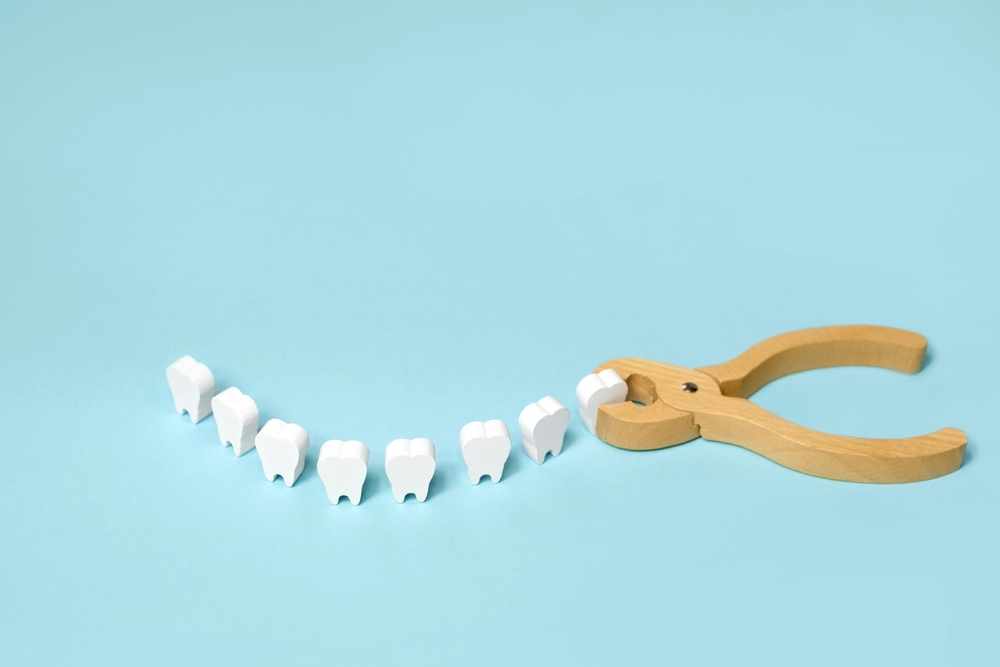
Tooth extraction might sound intimidating, but in some cases, it is the best option for maintaining your overall oral health. While dentists always aim to preserve natural teeth, certain conditions make removal necessary. If you’re experiencing persistent pain or other dental issues, you may be wondering whether extraction is the right choice for you. In this article, we’ll explore the key signs that indicate when tooth extraction is necessary, what to expect during the procedure, and how to ensure a smooth recovery.
Common Reasons for Tooth Extraction
A dentist in NW Calgary may recommend tooth extraction for several reasons, including:
1. Severe Tooth Decay
When decay reaches deep into the tooth and affects the pulp, a root canal is usually the first solution. However, if the infection is too severe and cannot be treated, extraction might be necessary to prevent further damage to surrounding teeth.
2. Advanced Gum Disease
Periodontal disease can weaken the supporting structures of teeth, leading to loose teeth. In cases where gum disease has significantly damaged the bone and tissues around the teeth, extraction may be the only way to protect overall oral health.
3. Impacted Wisdom Teeth
Wisdom teeth, or third molars, often don’t have enough space to emerge properly. This can lead to impaction, pain, swelling, and infection. Many people require wisdom tooth extraction to avoid complications.
4. Overcrowding
In some cases, tooth extraction is necessary to create space for orthodontic treatment. If teeth are too crowded, removing one or more teeth can help align the remaining ones properly.
5. Fractured or Broken Teeth
A cracked or broken tooth can sometimes be repaired with a crown or bonding. However, if the damage extends below the gum line or affects the tooth’s root, extraction may be required.
6. Infection or Abscess
An untreated infection can spread to other parts of the body, posing serious health risks. If a tooth is badly infected and cannot be saved with a root canal, an extraction may be necessary to prevent further complications.
Signs You Might Need a Tooth Extraction
If you are experiencing any of the following symptoms, it may be time to visit a dentist in NW Calgary for an evaluation:
Persistent tooth pain that doesn’t subside with medication
Swelling or redness around the tooth or gums
Difficulty chewing or biting due to pain
Loose teeth that feel unstable
Recurring infections or abscesses
Jaw pain or stiffness
Ignoring these symptoms can lead to worsening dental problems and impact your overall health.
What to Expect During the Tooth Extraction Procedure
Understanding the extraction process can help reduce anxiety and prepare you for what’s ahead.
Step 1: Initial Consultation
Your dentist will examine your tooth, take X-rays, and discuss treatment options. If extraction is necessary, they will explain the procedure and answer any questions you may have.
Step 2: Local Anesthesia
Before the extraction, your dentist will numb the area with a local anesthetic to ensure you don’t feel any pain during the procedure.
Step 3: Tooth Removal
Simple Extraction: If the tooth is visible and easily accessible, your dentist will use specialized instruments to loosen and remove it.
Surgical Extraction: If the tooth is impacted or broken below the gum line, a small incision may be made in the gum to remove the tooth safely.
Step 4: Closing the Site
Once the tooth is removed, your dentist may place stitches if necessary and provide gauze to help control bleeding.
Recovery and Aftercare Tips
After your tooth extraction near you, following proper aftercare instructions will help ensure a smooth healing process. Here are some key tips:
1. Control Bleeding
Bite down gently on a gauze pad for about 30-45 minutes after the procedure.
Avoid excessive spitting or rinsing to prevent disturbing the blood clot.
2. Manage Pain and Swelling
Take prescribed pain medication or over-the-counter pain relievers as directed.
Apply an ice pack to the affected area for 10-15 minutes at a time to reduce swelling.
3. Follow Dietary Restrictions
Stick to soft foods like yogurt, mashed potatoes, and soups for the first few days.
Avoid hot, spicy, or crunchy foods that could irritate the extraction site.
Do not drink from a straw, as the suction can dislodge the blood clot and lead to dry socket.
4. Maintain Oral Hygiene
Gently rinse your mouth with warm salt water after 24 hours to keep the area clean.
Avoid brushing directly over the extraction site for the first couple of days.
5. Avoid Smoking and Alcohol
Smoking and alcohol can delay healing and increase the risk of infection. It’s best to avoid them for at least a few days post-extraction.
Potential Complications to Watch For
While most tooth extractions heal without issues, complications can arise. Contact your dentist in NW Calgary if you experience:
Severe pain that doesn’t improve with medication – This could indicate dry socket, a painful condition where the blood clot is lost.
Excessive bleeding beyond 24 hours – Some minor bleeding is normal, but persistent bleeding should be checked.
Signs of infection – Symptoms like fever, pus discharge, or increased swelling may indicate an infection.
Numbness or tingling – This may suggest nerve damage and should be evaluated by a professional.
Conclusion
Tooth extraction is sometimes necessary to maintain good oral health and prevent further complications. Whether it’s due to severe decay, gum disease, or wisdom tooth impaction, recognizing the signs early can help you take the right action. If you think you may need a tooth extraction near you, consult a trusted professional to explore your options. At Kensington Dental Choice, our experienced team provides gentle and effective care to ensure a comfortable experience. Contact us today to schedule a consultation!
Write a comment ...